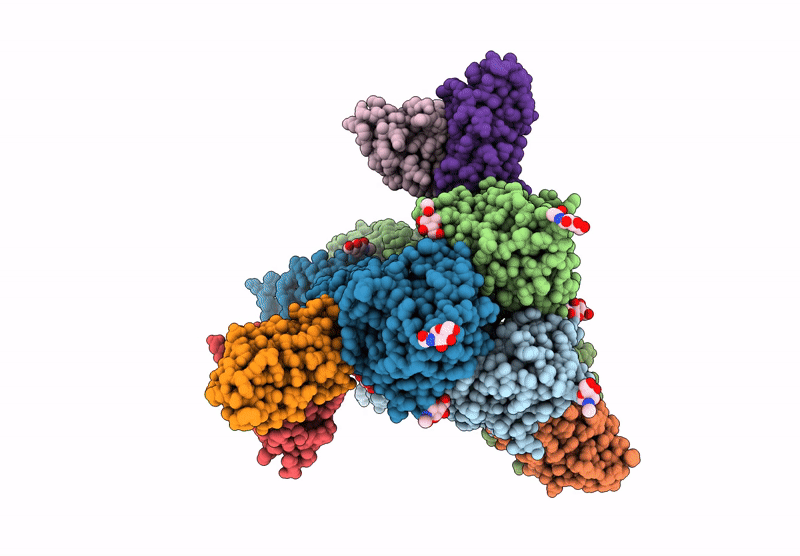
Deposition Date
2023-10-17
Release Date
2024-12-25
Last Version Date
2025-02-05
Entry Detail
PDB ID:
8UME
Keywords:
Title:
Influenza A virus Hemagglutinin H5/Vietnam/1204/2004 in complex with D04 Fab
Biological Source:
Source Organism:
Influenza A virus (Taxon ID: 11320)
Homo sapiens (Taxon ID: 9606)
Homo sapiens (Taxon ID: 9606)
Host Organism:
Method Details:
Experimental Method:
Resolution:
3.10 Å
Aggregation State:
PARTICLE
Reconstruction Method:
SINGLE PARTICLE


